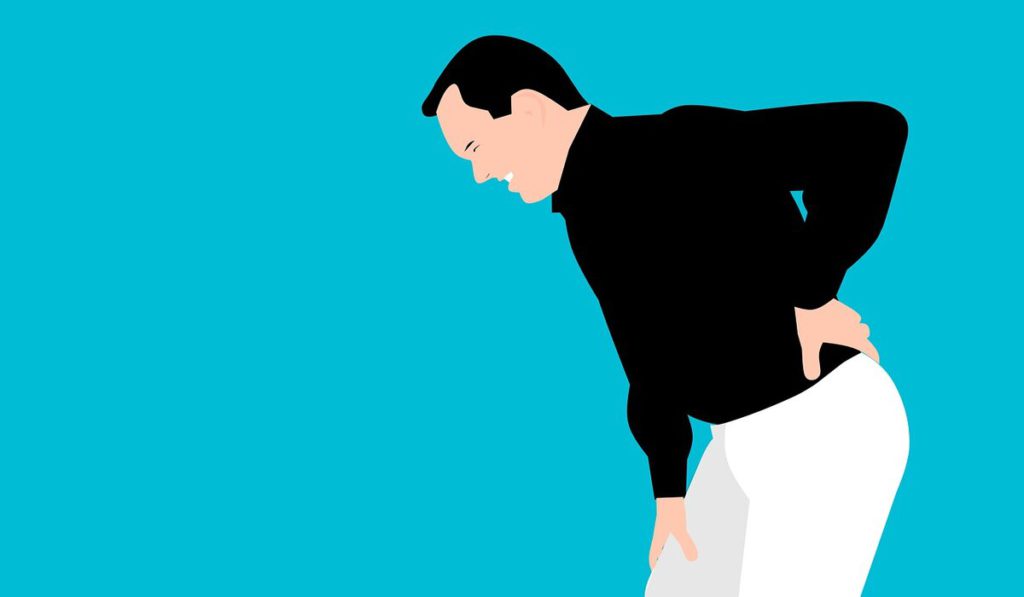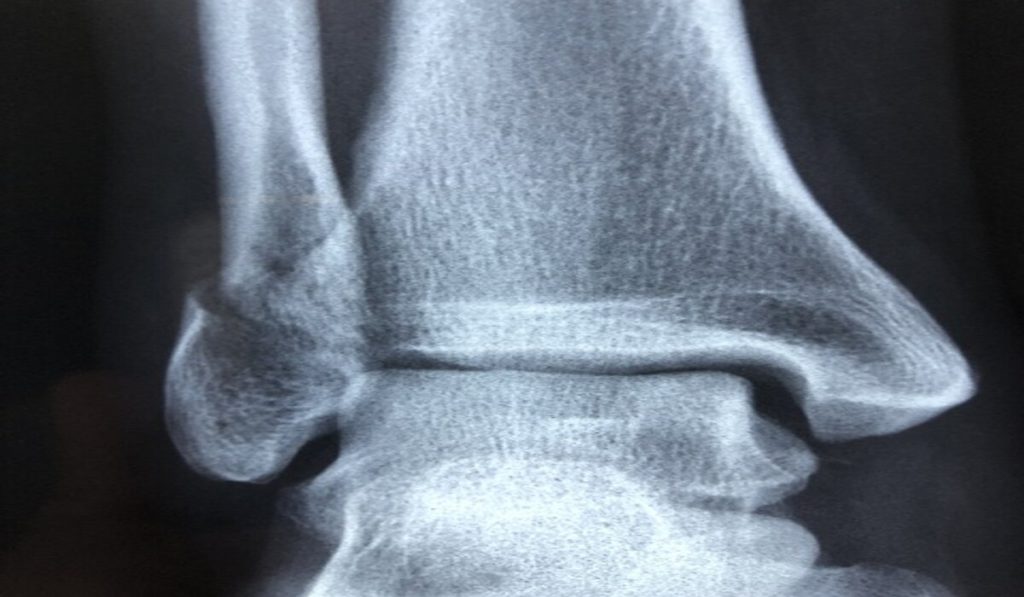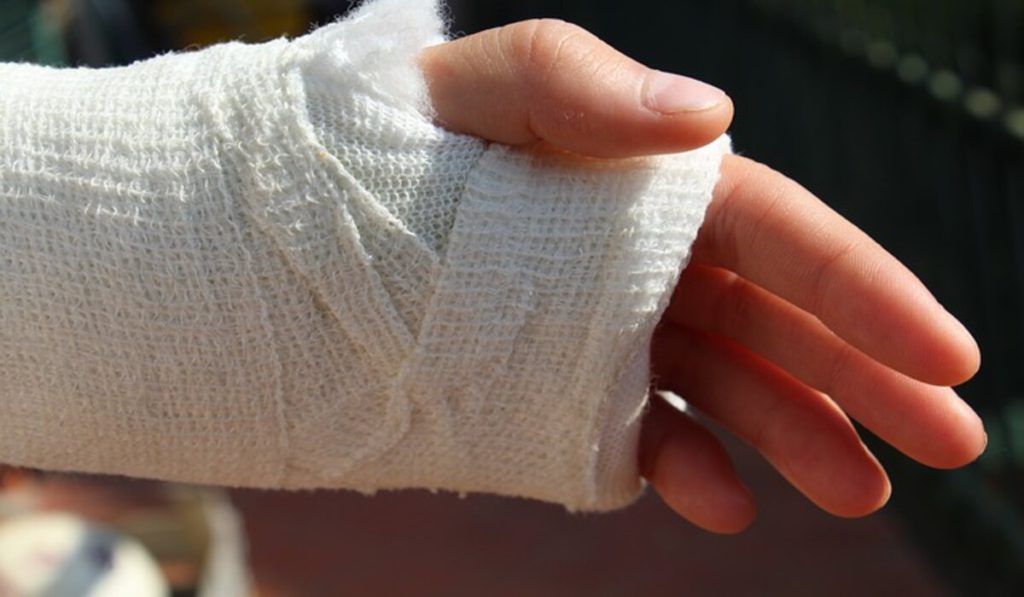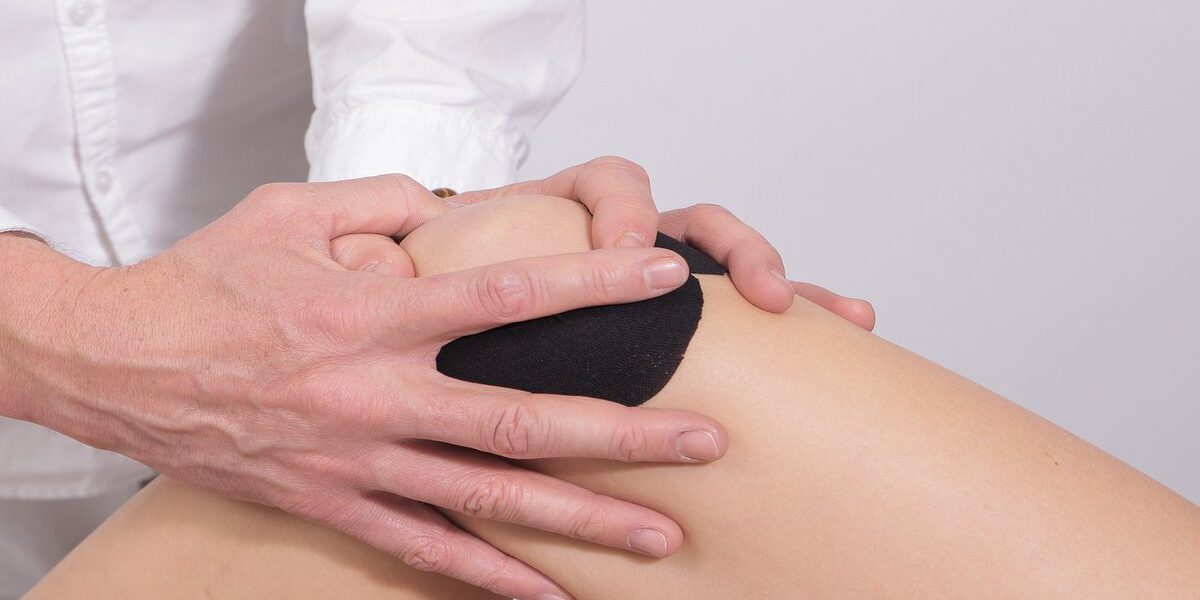Many often wonder if there’s any difference between strains and sprain majorly because they both have very similar signs and symptoms. Often, people misdiagnose sprains as strains and vice versa.
Strains and sprains occur when there is overstretching of soft tissues around the joints. In strains, the overstretched tissue is the muscles or tendons, while for sprains, it is the ligaments.
Ligaments and Tendons
Ligaments are the tough fibrous tissues in our bodies that connect bones. Sprains majorly occur around the ankle joint. Meanwhile, tendons are fibrous tissues that connect muscles to bones. The lower back is the most common part of the body where strains occur.
Symptoms

Strains and sprains both cause swelling, inflammation, pain, and reduced flexibility of affected joints. However, a significant distinguishing factor between these two is that with strains, you may have muscle spasms, while with sprains, bruising may occur at the affected joint.
Predisposing Factors
Factors that increase your chances of having an overstretched joint are;
- Not warming up at the start of an exercise or athletic activity– Warming up is essential as it helps stretch the muscles.
- Not cooling down at the end of an exercise or athletic activity– Stretch your body mildly when you complete your workout. It strengthens your muscles.
- Fatigue: Tiredness weakens our body and reduces our level of activity. We don’t practice in good shape, and joint injuries are prone to occur.
- Risky environment: Surfaces that are wet and slippery can make you fall. It would be best if you took extra care when around them.
- Wrong facilities: Using faulty equipment to carry out exercises pose a fatal risk factor. The use of worn-out and improper facilities, equipment, and footwear, increases your risk of having a joint injury, whether sprain or strain.
What Causes Strains and Sprains?
Many of us carry out strenuous activities as we go through the day. It may not have been our intention to, but it happens anyway. We lift heavy bags; sit, stand or position ourselves awkwardly; and a good number is involved in athletic activities.
Some even fall or slip as they undertake various tasks outlined for the day resulting in injured joints, especially the ankle, back, knee, and wrist joints. If you want to decrease the occurrence of strains and sprains in your body, consider reducing the pressure you exert on your joints. Ensure daily activities do not overburden your joints.
How are Strains and Sprains diagnosed?

Either X-rays or Magnetic Resonance Imaging (MRI) can be done to diagnose both. The doctor would first examine you for the symptoms listed above before requesting that you do diagnostic imaging.
Once the doctor notices a broken bone in an X-ray result, he rules out strains or sprains because this would be a case of fracture. MRIs are often more detailed than X-rays since they involve strong magnetic fields and radio waves that would reveal tiny breaks in a joint.
How are Strains and Sprains Treated?
Physiotherapists advise the use of the RICE technique to manage mild symptoms of strains and sprains:
R: Rest– Physiotherapists advise that you don’t use the affected joint while it heals.
I: Ice– The use of ice in inflammation and swelling is evergreen. Wrap ice in a towel and place it on the affected joint for some time. Make sure not to put the ice directly on your skin.
C: Compression– Just like ice, compression reduces swelling. It would be best to use a bandage to wrap the affected joint but not too tightly to prevent blood flow.

E: Elevation– Elevating the affected joint will reduce swelling as well. Raise the joint above the heart level or parallel to the ground.
However, surgery may be an option if you feel numb around the joint, have trouble standing or walking, and cannot flex the joint. A surgical procedure would help fix damaged ligaments, muscles, and tendons.
Mild strains and sprains take a few days to heal, while severe ones may take up to 2 weeks.
Prevention of Strains and Sprains
Overcoming the predisposing factors are the ways we can prevent strains and sprains and can be done by;
- Warming up and stretching just before you start a physical activity, whether playing sports or working out.
- Taking extra care and caution when it’s raining or snowing. Walk gently with good pairs of shoes and boots.
- Using the right equipment for exercises, sports, and workout sessions. Stay off ill-fitting and worn-out gear! They would only harm you!
- Exercising moderately- Walks are beneficial in this case, especially morning walks. It is better to frequently carry out moderate exercise than to do intensive workout sessions once a week. Moderate exercise keeps muscles flexible.
- Taking regular breaks and time off can be beneficial after you’ve sat or stood for too long. In order not to put a strain on your muscles, take a break and stretch out!
It is not uncommon for people to take strains and sprains for granted. Doing so only worsens and aggravates the joint injury.
Make sure a doctor checks that joint!




